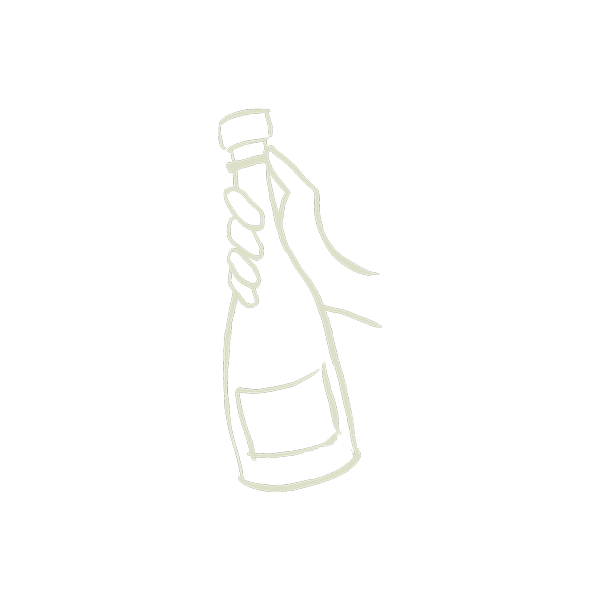Exploring Harvest in Champagne, France
Visit a French winery in August, and you may find yourself all alone. In fact, most of France grinds to a halt during the year’s hottest month—when families head to the white beaches of La Baule or the sylvan campsites of the Alps, and offices everywhere go dark. But in Champagne, this quiet time takes on a special significance, as winemakers rest up in anticipation of the harvest, known throughout French wine regions as le vendange.

This is especially true for wineries that produce grower Champagnes—the only kind you’ll find at fatcork. Unlike at many of the big houses, grower Champagne vignerons oversee all the vineyard work themselves, ensuring wines meet their exacting quality standards. The harvest season begins with plucking grapes from the vines and often ends with a big, drunken feast. How does it work? Let’s dig in.
Each year, as the grapes begin to ripen, the Comité Interprofessionnel du vin de Champagne takes samples of fruit from around the region, checking it for the rate of color change, the average weight of the fruit, and sugar and acidity content. They also look out for a bacteria known as gray rot or gray mold, a fast-spreading blight that can wreak havoc if not vanquished quickly. The Comité uses this information to determine a roughly three-week period in which winemakers can pick their fruit. Within this window of time, each village determines its own picking schedule based on a number of factors, including the grape varietal. Villages that grow pinot meunier and pinot noir varieties typically start earlier than villages with chardonnay, since the first two grapes usually develop sugar levels more quickly—and vignerons are always looking for the perfect balance of sugar and acid in their fruit.

In 2019, the plucking season commences September 15th. That’s when you’ll see busloads of seasonal hordons—grape pickers—traveling the region’s roads. These paid pickers, often Polish, or French-speaking Africans who live in the Parisian suburbs as well as Eastern European immigrants—get support from volunteers who trade labor for food, shelter, and as much Champagne as they can consume while still wielding a set of secateurs (pruning shears). Among these temporary residents, you’ll find the winemakers’ entire family—from giggling kids to bent-over grandmas—laboring hard to ensure a successful harvest. In total, about 120,000 people pluck grapes in Champagne each year.
As you know, both pinot meunier and pinot noir grapes have red skins. Proper harvesting transforms this ruby-hued fruit into the sparkling gold libation in your glass. Each grape cluster must be picked carefully to ensure none of the reddish color or tannic coarseness of the skin makes its way into the juice. Pickers place the fruit into specially designed bins that allow any excess juice to escape, preventing the grapes from macerating in their own juices. Winemakers then promptly remove the skins, since red wine’s color comes from prolonged contact with them. From there, the fruit undergoes the journey from pressing to pouring, while vignerons and their pickers sit down for a feast!

Want to join a future Champagne harvest? In her excellent New York Times article detailing the experience, Ann Mah offers advice on how to secure a volunteer spot. Plucking grapes in the sun and then retiring for an evening of bubbly-enhanced revelry with other Champagne superfans? We can’t think of a better way to celebrate every day.
Cheers,
Team fatcork!

